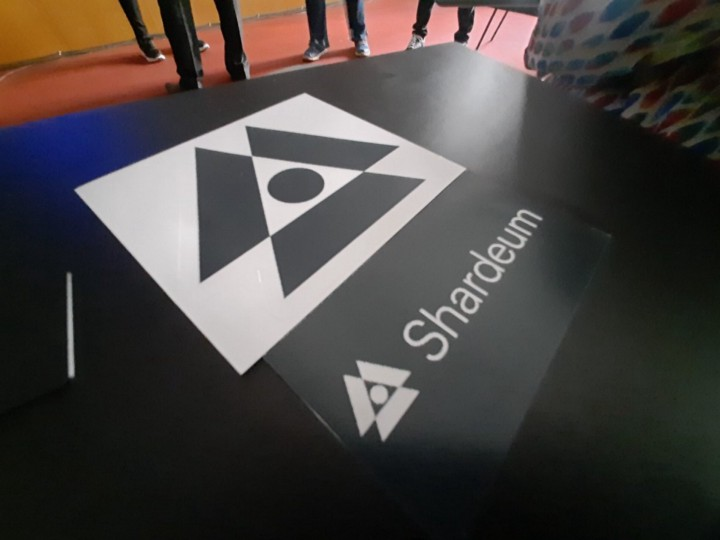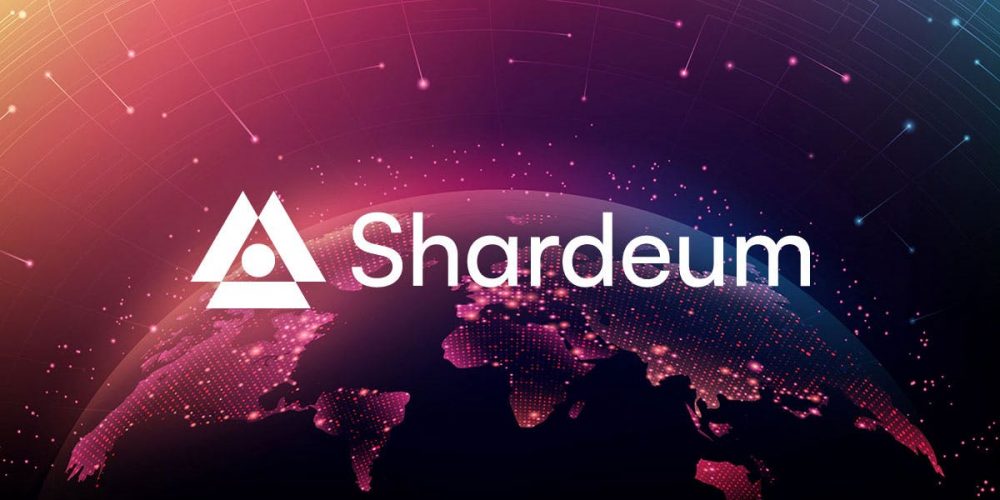Shardeum is an EVM-based Tier 1 network designed for linear scalability that promises forever low gas costs thanks to its state-of-the-art sharding solution.
What is Shardeum?
Shardeum is an EVM-based Tier 1 blockchain designed for linear scalability. It maintains true decentralization and robust security through dynamic state sharing while providing forever low gas fees. With the aim of involving the next billion people in crypto, Shardeum’s potential use cases range from DeFi to open-source AI and gaming.
To overcome the scalability, security and decentralization blockchain triad, Shardeum leverages the decentralization and security of Ethereum while adding linear scalability through dynamic sharding and a combination of Proof of Authority and Proof of Stake consensus.
Shardeum is targeted to have its own native cryptocurrency called SHM, although it is still in development. However, the team has shared SHM tokens and SHM is expected to have a stable supply of 508 million SHM coins.

How Does Shardeum Work?
Shardeum is scalable using sharding technology that splits the blockchain into smaller, more manageable chunks, also known as shards, hence its name.
To elaborate more on sharding, a blockchain is essentially a large database system, and sharding blockchains means dividing large tables of data into smaller tables called shards. This allows fragmented networks to process more transactions per second (TPS) than unfragmented blockchains.
Fragmentation is not new to Shardeum, sharding is used by Zilliqa, Polkadot, Near and even Ethereum (they use a version called Proto Danksharding). However, Shardeum uses a unique shredding technology called “dynamic state shredding”, which is the most advanced form of shredding.
Dynamic State Fragmentation
Dynamic state sharding is one of the most advanced sharding types. It is designed to be flexible and easily adaptable to changes in the overall blockchain ecosystem. Rather than having all nodes in a shard spanning the same address range, these nodes are assigned different address ranges with significant overlap, allowing transactions affecting multiple shards to be processed simultaneously rather than sequentially, reducing the processing time of the transaction. This also helps to increase transaction volume and maintain low gas fees at all times.
Basically, it allows a network to dynamically add or remove chunks of blockchain or data storage method as demand fluctuates. The main benefit of this is easy network upgrades without the need to stop the ecosystem.
Dynamic state sharding, unlike static state sharding, does not slow down the network as it can work when the network load changes, unfragmented networks deal with fluctuating network loads.
Atomic Machining and Cross Part Formability
Shardeum also has atomic processing, which allows operations to be executed atomically. Atomic means that all parts of the process are executed successfully or none are executed. Without atomic processing, transactions can fail or have inconsistent state data, resulting in security risks and reduced reliability.
Combined with atomic processing and Shardeum’s cross-shard communication, which allows transactions to access and use data and state from different shards, it will facilitate coding for smart contract developers by enabling complex transactions and smart contracts to be executed in a sharded environment.

Auto Scaling Feature
The load and demand of a network changes from time to time, and having the ability to automatically scale to meet high and low demands without sacrificing security or performance is known as autoscaling.
Autoscaling works by measuring the network load per cycle (1 minute), and based on the load, a consensus is reached on the number of validator nodes required to handle the load. The whole process is self-perpetuating without any intermediaries.
This is similar to the Bitcoin network, which automatically adjusts the difficulty level every two weeks depending on the hashrate.
For example, when a Shardeum dApp receives too much activity, the network automatically adds more active validator nodes to increase throughput. When activity drops again, it will reduce the number of active validators and keep operations on the network weak.
Linear Scaling
As the name suggests, Shardeum allows more nodes to be added to the network to instantly increase throughput during peak demand. By adding more nodes to the network’s ‘pending’ validator pool, TPS will increase proportionally, making Shardeum the first Web3 network to scale linearly. When a node is in standby, it waits for network activity to return and for standby nodes to begin activating to increase TPS.
This is the main X factor that positively impacts all other outcomes in a blockchain network, including throughput, decentralization, security, and fixed transaction fees regardless of demand on the network.
Therefore, if there are enough requests and nodes, it is theoretically possible for Shardeum to achieve lightning-fast transaction speeds of over 100,000 TPS.





